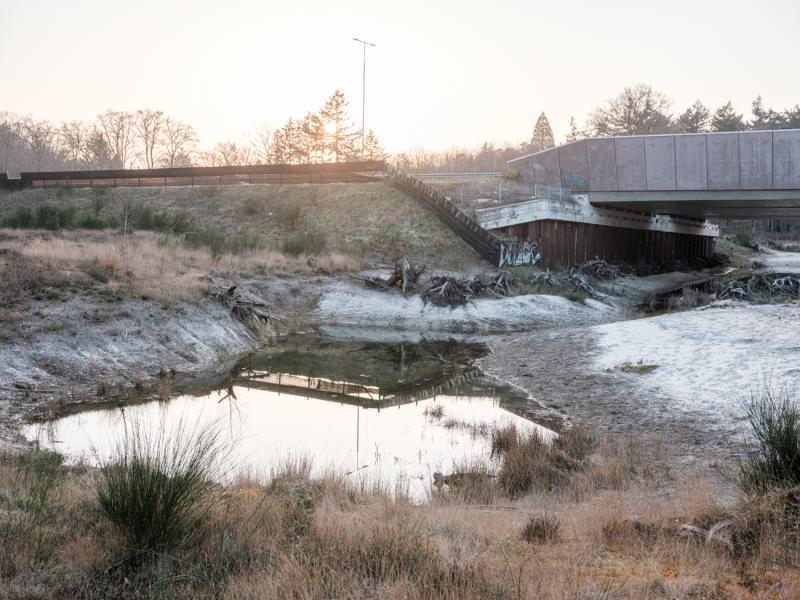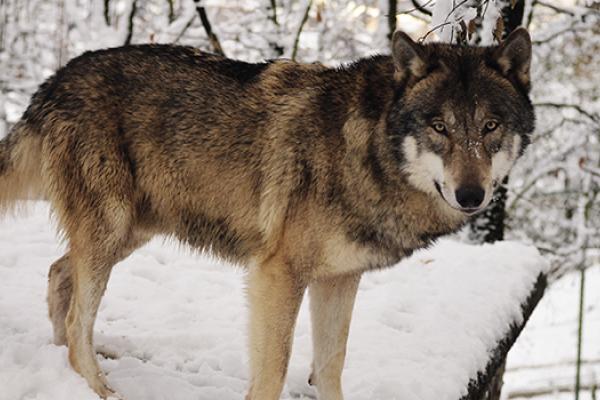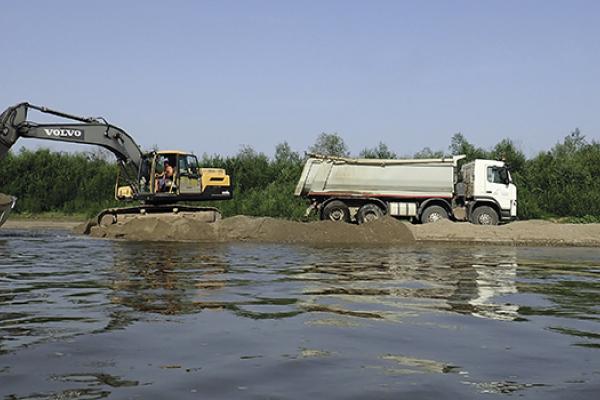Right now Europe’s nature is fragmented, but with the upcoming European Green Deal this is supposed to change. Ecocorridors and green infrastructure (the connections between national parks and wild territories) have become of increased interest and form a key point in the biodiversity strategy 2030. Environmental experts argue that these connections are essential to lower CO2 emissions, to strengthen biodiversity, and above all to provide mobility for species to cope with the effects of climate change.
However, very little binding legislation exists to connect the protected nature areas of the European Union. At the same time the ecological interests may conflict with economic/industrial interests. In the Netherlands, a worldwide leader in ecoducts, the effectivity of those can be questioned as infrastructural and agricultural interests still dominate. While in Germany the challenge lies in recultivating the former coal mining towards natural areas where flora and fauna are supposed to thrive after decades of destruction. In the Alps and Apennines it is all about finding coexistence between wildlife and humans, especially to find harmony with carnivores.
This project followed a potential ecocorridor from the Netherlands to Italy to visualise and investigate the human interventions needed and the challenges faced to ecologically connect the European continent.







